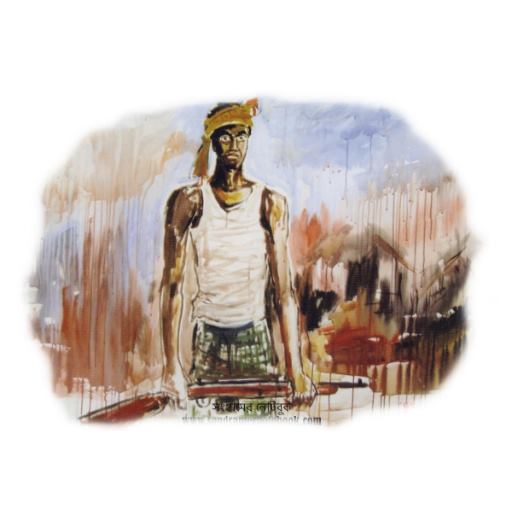BENGALI PLANS
By T.J.S. George
Hong Kong :
The skies over Bengal will be dry again by next month. Tanks can move again, aircraft can fly and troops get around. Just before the onset of the monsoon, the millitary authorities had struck hard and rapidly to secure the border towns which had been under rebel control. When the rainy season ends, they are likely to fan out with equal speed in mopping up operations.
This possibility lends an enigmatic aura to the claim being made by “official” representatives of Bangladsh- travelling Awami League members of parliament or defected diplomats- that their struggle will be carried to a successful military conclusion by the year’s end. The only safety clause they admit is that either Bangladesh will be free in the next two or three months or the struggle there will turn into a long guerrilla war of attrition.
This is not entirely wishful thinking. Five thousand extremely well trained guerrillas have entered the battle during the past month or so supplementing though with out-dated arms, the 10,000 members of the former Bengal Regiment and East Pakistan Rifies still active inside the country.
The Bangladesh “government” (location unknown) also is pushing through an intensive programme of military training for what may eventually turn out to be a “regular arny” of 60,000 to 70,000 men. These personnel come almost exclusively from the ranks of the refugees, now officially estimated by the Indian side at 8.5 million, and by the Pakistan at around two million.
The freedom fighters wil be only as effective as their weapons. But on this score the Bangladesh leaders are full of confidence. Arms, they say, are no problem. They. cite the substantial funds collected by overseas Bengalis, the avaliability of modern weapons on the commercial market and the willingess of some countries like Israel to help them. They do not mention it, but the “reliable area” of India must also be a major factor in these calculations.
Logical as most of these calculations are, it is difficult to imagine the West Pakistani military ordering and about turn in East Pakistan. Latest moves suggest a plan to impose a civilian administration under whose cover the millitary can continue to rule. The recently appointed civilian governor has picked a 10-man caretaker cabinet and by election have been scheduled in the eastern wing for the last week of November. By then the government-drafted constitution will be ready.
These moves will only make the Bengali more bitter; they don’t recognise Governor. A. M. Malik as one of them, the cabinet consists of hated members of rightist parties trounced in the election, the byelections are for seats arbitrarily denied to elected members of the Awami League.
What could help the freedom fighters still more, however, is unrest in West Pakistan. The Bengali struggle may slowly be having an effect on tribal movement for autonomy in the Western wing. The Khaiber Mail recently reported the activities of the Baluchistan national front for liberation, Kabul (Afghanistan) Radio recently broadcast a report about mammoth meetings by Pathans demanding a sovereign Pakhtoonistan.
Perhaps more significant politically is the growing unrest among workers and students in the urban areas. For the moment they seem to be looking to the effervescent Zulfiqar Ali Bhutto to lead them to the promised land.
Bhutto is manouevring. He is still believed to be on friendly personal terms with his cocktail companion, President Yahya Khan, and was recently credited with the suggestion that Yahya become the “national Prime Minister”. On the other hand he is cementing his relations with the younger middle-ranking officers who are known to be disenchanted with the old men at the top.
It would not be beyond imagination for Bhutto to consider the possibility of a coup d’etat using the younger officers for the principal thrust and perhaps Yahya as a temporary unifying symbol.
If Bhutto gets into the driver’s seat, he can be expected to go to any length to hold on to East Pakistan. But others could intervene-a decision by the younger officers not to continue millitary repression in the east, a well-timed military move by India, a decisive strike by the Bengali forces themselves at the right moment.
The very fact that talk of all kinds of possiblities has started in West Pakistan is significant. There have even been public demands by some leaders for an end to the excesses in the eastern wing. By any reckoning, October-November could be a decisive period for Pakistan.
Reference : Far Eastern Economic Review, 25.09.1971
